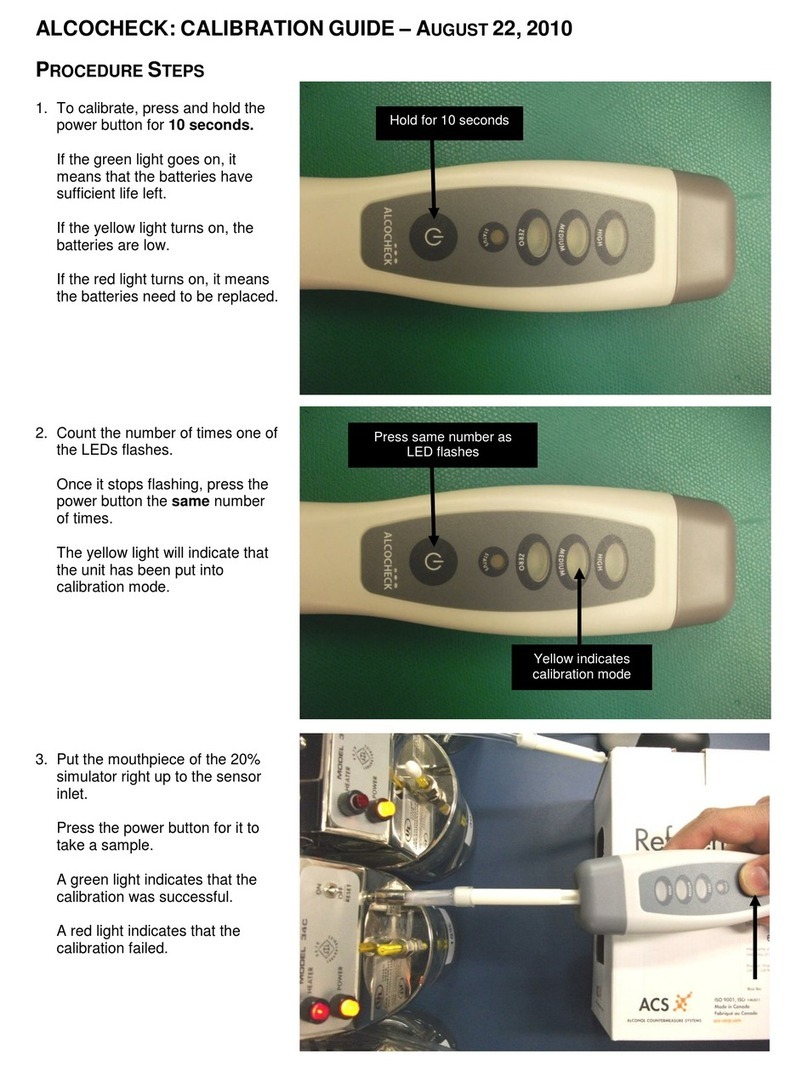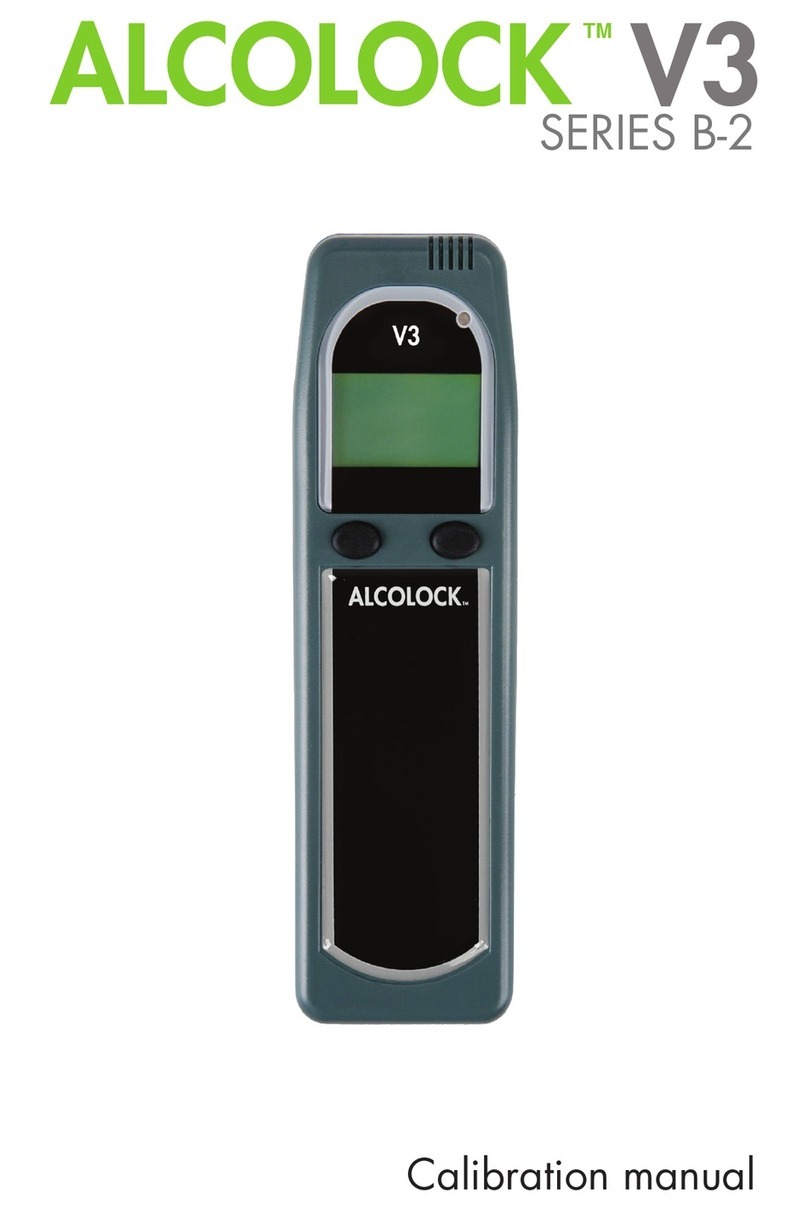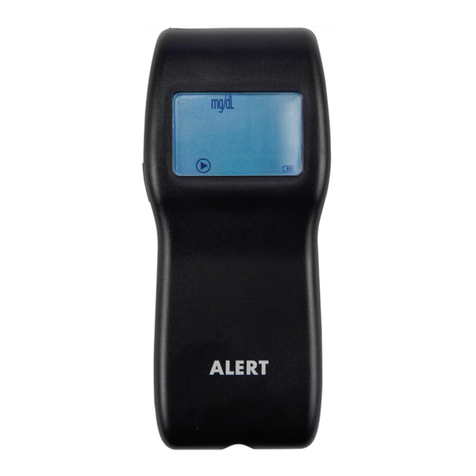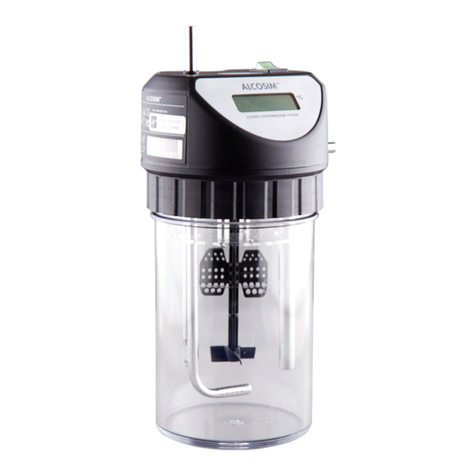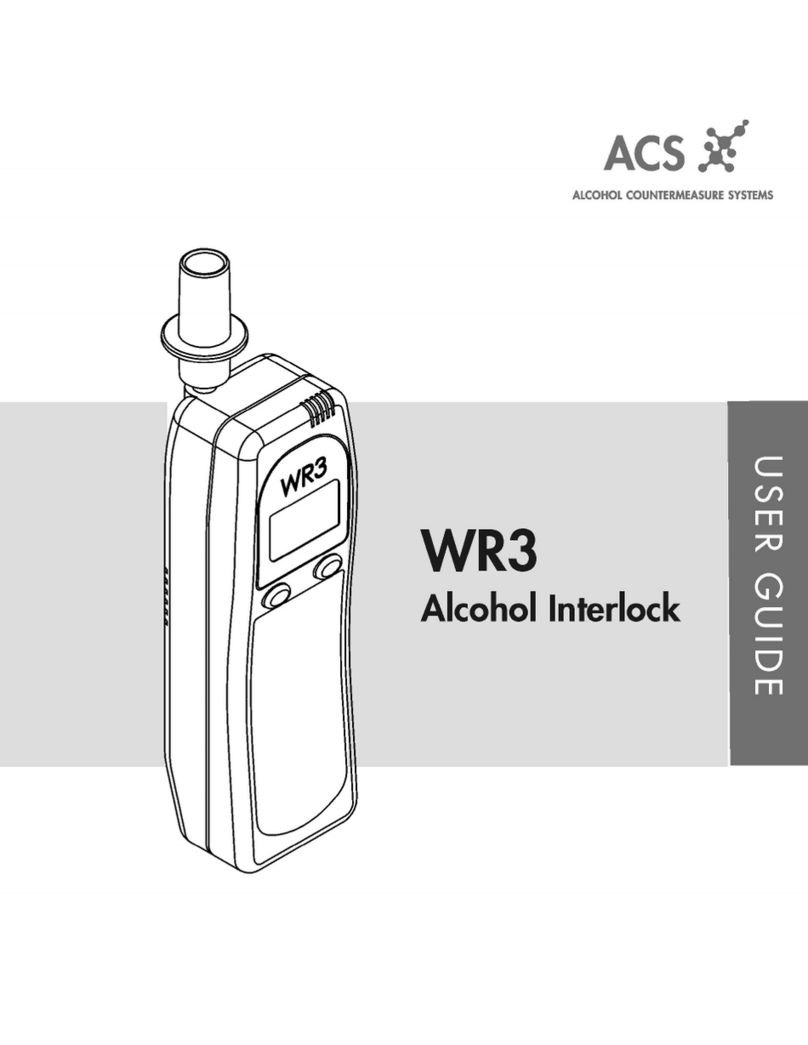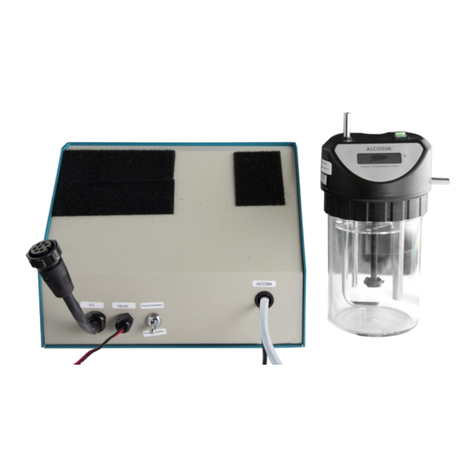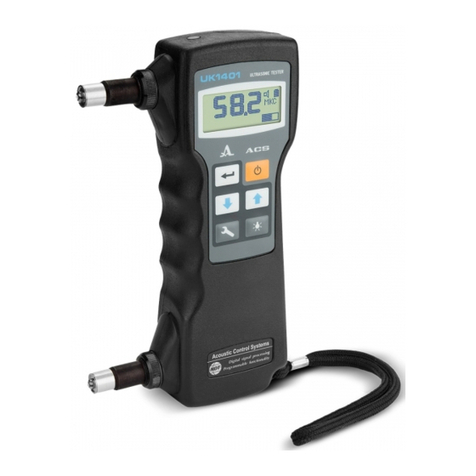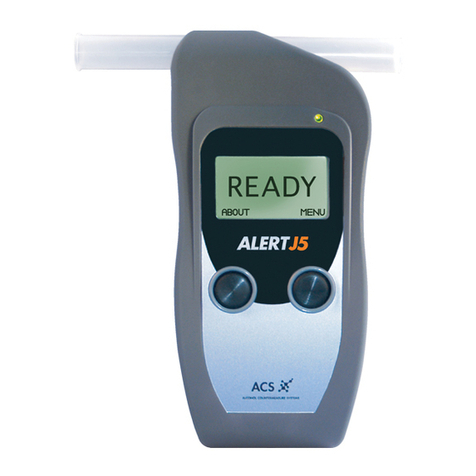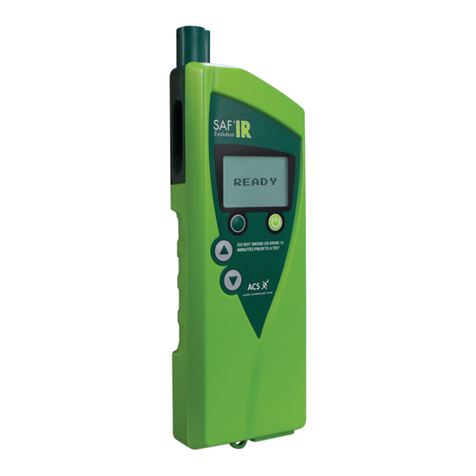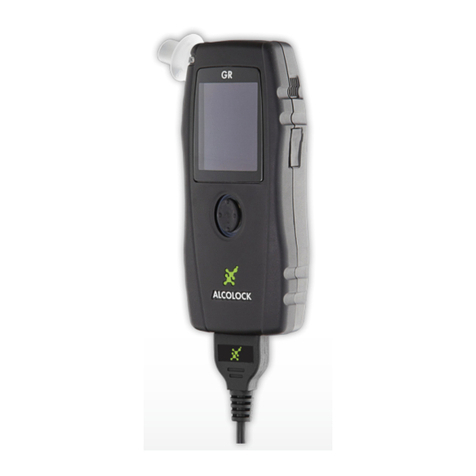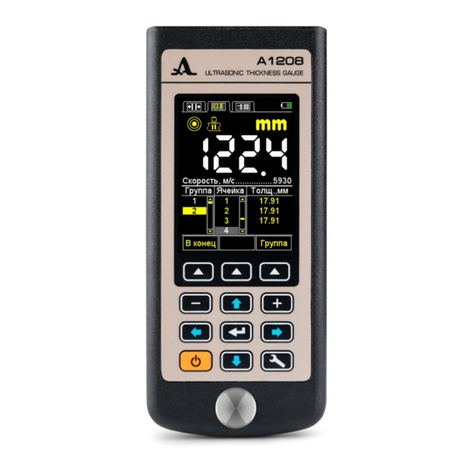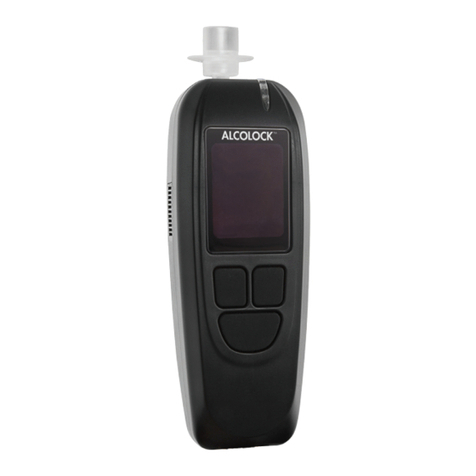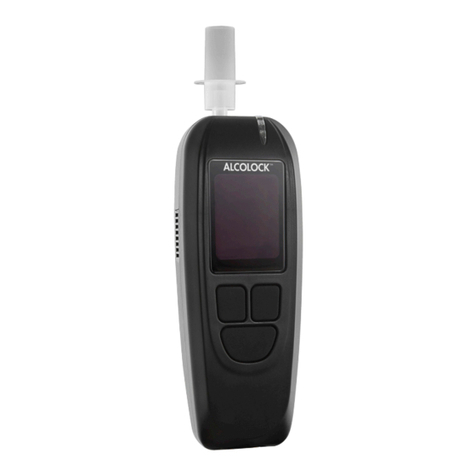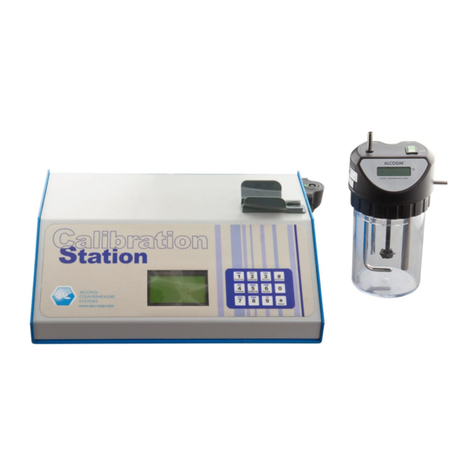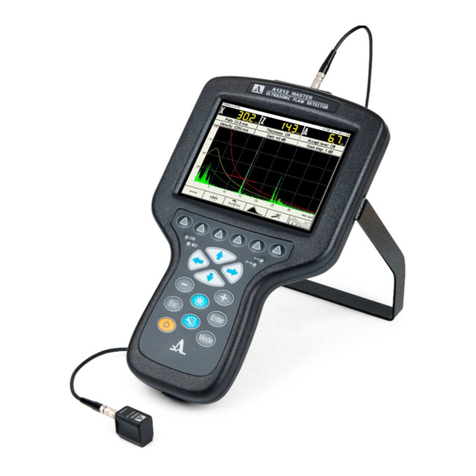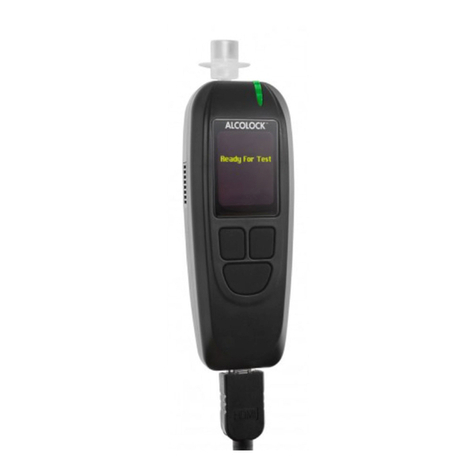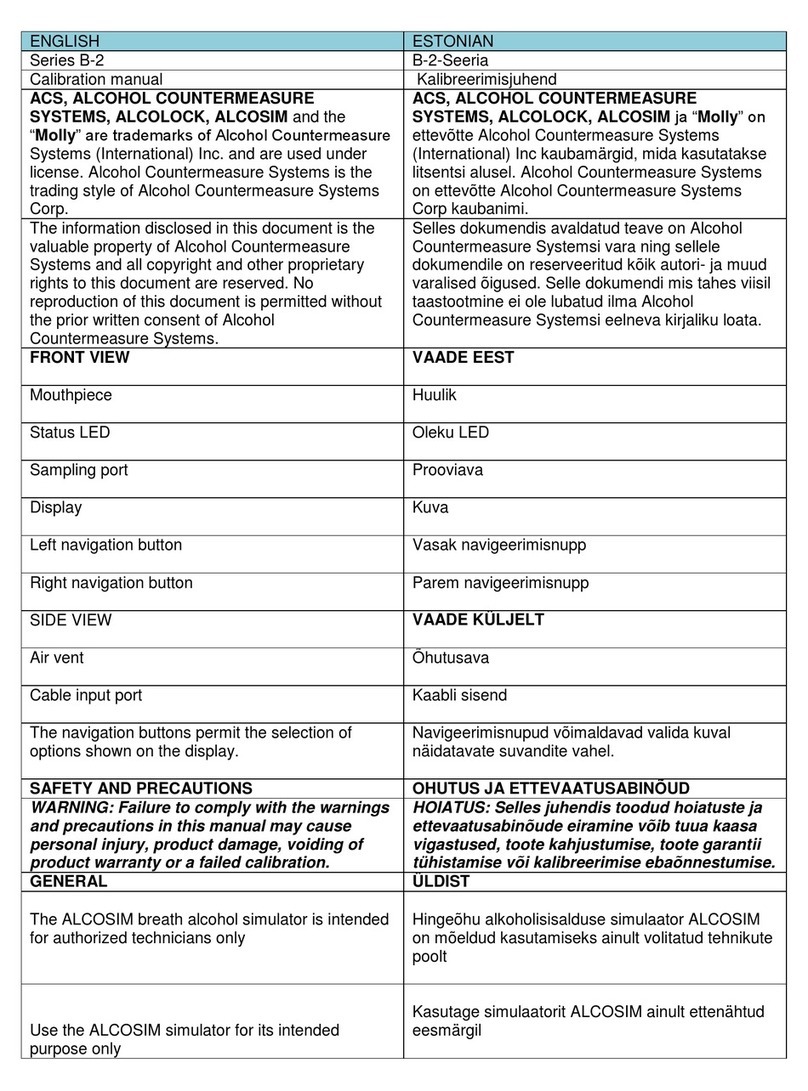
Chapter 8: How the DRIVESAFE tester works..........................................................25
Chapter 9: The physiology of breath testing ............................................................25
Breath – physiology and terminology ......................................................................26
Breath-blood alcohol ratio – overview .....................................................................26
Breath-blood alcohol ratio..................................................................................27
Breath alcohol analysis – methodology...................................................................27
Chapter 10: Alcohol & the physiology of the human body .....................................28
Absorption of alcohol in the body ............................................................................28
Absorption in the gastrointestinal (GI) tract .............................................................28
Motility in the GI tract...............................................................................................28
Factors affecting absorption ....................................................................................29
Food types and quantities .................................................................................29
Alcoholic beverages – concentration, type and volume ....................................29
Rate of alcohol consumption .............................................................................29
Drugs and other factors.....................................................................................30
Distribution of alcohol in the body............................................................................30
Widmark’s hypothesis........................................................................................30
Widmark’s factor................................................................................................30
Elimination...............................................................................................................32
Rate of elimination.............................................................................................32
Chapter 11: Pharmacology of alcohol .......................................................................33
Vision.......................................................................................................................33
Other senses ...........................................................................................................34
Central nervous system...........................................................................................34
Driving performance ................................................................................................36
Attention ............................................................................................................36
Performance measures .....................................................................................36
Risk taking.........................................................................................................36
Driving impairment.............................................................................................37
Pharmacology summary..........................................................................................37
Intoxication ..............................................................................................................38
Methods of self-evaluating impairment....................................................................38
Tolerance .................................................................................................................39
Body tolerance...................................................................................................39
BAC tolerance ...................................................................................................39
Index .............................................................................................................................40
